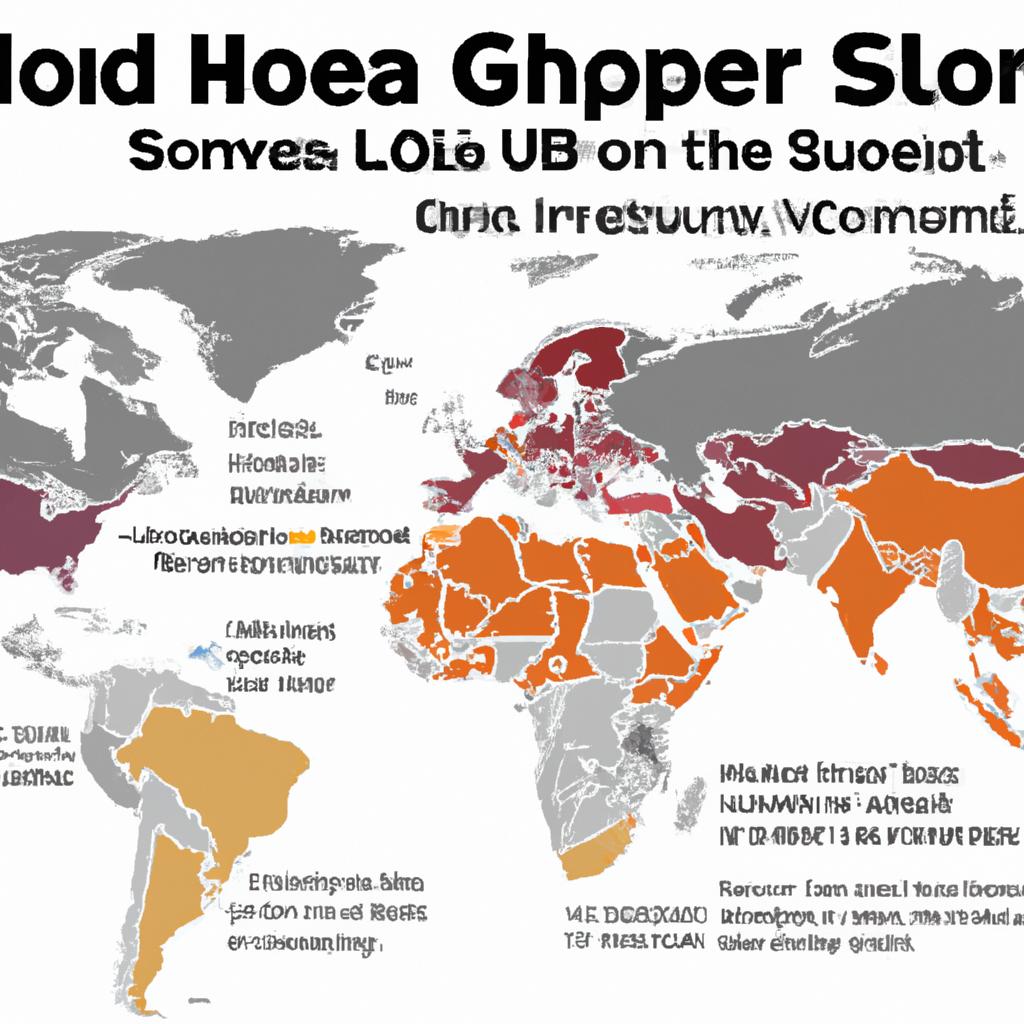In a world increasingly interconnected by technology and travel, the rhythms of daily life can vary dramatically from one corner of the globe to another. While you may be accustomed to the 9-to-5 routine of your local shopping district, when you step beyond your familiar borders, the clock starts telling a different story. What time can you expect a welcoming sign at your favorite boutique in Paris, or when do the markets come alive in Marrakech? From the leisurely siestas that punctuate afternoons in Spain to the bustling late-night shopping scenes in Tokyo, understanding global store hours is essential for any intrepid consumer. This guide aims to unravel the complexities of shop times, seasonal variations, and local holidays, equipping you with the knowledge needed to navigate the vibrant tapestry of global commerce. Whether you’re planning your next adventure or simply curious about how the world shops, join us as we explore the nuances of store hours around the globe.
Understanding the Rhythm of Retail: How Local Culture Shapes Store Hours
The operating hours of retail establishments are often dictated by the rhythm of local culture, creating a unique tapestry that reflects the values and lifestyles of communities. In regions where the heat of the day brings a natural lull, like many Mediterranean countries, **siestas** are common, leading stores to close for a few hours in the afternoon. This practice is not merely an inconvenience for travelers but a centuries-old tradition that emphasizes a balance between work and leisure. In contrast, major urban centers in Western countries might adhere to a **more continuous schedule**, catering to the around-the-clock nature of modern life, where convenience and accessibility reign supreme.
The perception of **holidays and local festivities** also plays a crucial role in shaping store hours. Merchants often align their operations with significant communal events, closing during holidays when families come together to celebrate or participate in cultural activities. For instance, during the Lunar New Year in parts of Asia, many shops might shut down for several days, fostering a sense of community and familial bonding. Conversely, during festive periods like Christmas, stores may extend their hours to accommodate the shopping frenzy, reflecting a duality in their approach based on cultural nuances. Understanding these local patterns not only enhances the shopping experience but also invites appreciation of the culture itself.
| Country | Typical Closing Hours | Special Considerations |
|---|---|---|
| Spain | 10:00 AM – 2:00 PM, 5:00 PM – 8:00 PM | Siesta from 2 PM to 5 PM |
| USA | 9:00 AM – 9:00 PM | Extended hours during holidays |
| France | 10:00 AM - 7:00 PM | Closed Sundays in many regions |

Maximizing Your Shopping Experience: Timing Tips for Siestas and Holidays
To make the most out of your shopping experience while traveling, understanding the concept of siestas and local holidays is essential. Many cultures, particularly in Spain and Latin America, enjoy a midday break, offering a chance for a more leisurely exploration of shops that are operating outside the common hustle and bustle. Marking your calendar and planning your shopping trips around these breaks can allow you to enjoy a more relaxed atmosphere, free from the crowds. Here are some helpful tips for identifying optimal shopping times:
- Research local siesta times: Generally, shops may close between 2 PM and 5 PM, so avoid this window.
- Visit during morning hours: Many stores open at 9 AM or 10 AM, making this an ideal time to find fresh stock and fewer shoppers.
- Plan for late-night shopping: In some regions, stores may stay open later, providing an alternative time to shop in a less hectic atmosphere.
Local holidays can significantly impact store operating hours, necessitating careful planning. Retailers may close entirely or have reduced hours to allow employees to celebrate with their families. It’s wise to check local holiday calendars before your visit to avoid any shopping disappointments. Consider the following strategies to ensure you aren’t caught off guard:
| Holiday | Typical Impact on Store Hours |
|---|---|
| Christmas | Many stores closed; limited hours pre-holiday. |
| Independence Day | Shortened hours; some shops may shut for the day. |
| New Year’s Day | Typically closed; check for post-holiday sales. |
By staying informed and flexible, you can navigate the shopping landscape with ease and make the most of your time exploring local markets and boutiques. This approach not only saves you time but also enriches your cultural experience, allowing for deeper interactions with local customs and traditions.

Global Store Hours Unveiled: A Regional Breakdown of Shopping Availability
Understanding store hours across the globe can feel like a puzzle, with each region offering its own unique shopping landscape. For instance, in the bustling streets of Tokyo, convenience stores might stay open 24/7, catering to the fast-paced lifestyle, while Barcelona introduces a leisurely twist by closing shops during the afternoon for siesta, usually from 2 PM to 5 PM. It’s vital to keep in mind that local holidays can also significantly alter shopping availability, as many businesses may close entirely or operate on reduced hours to celebrate cherished traditions.
To help navigate these intricate shopping schedules, here’s a quick overview of typical store hours in various regions:
| Region | Typical Opening Hours | Siesta Timing |
|---|---|---|
| Tokyo | 24/7 for convenience stores | N/A |
| Barcelona | 10 AM – 8 PM | 2 PM – 5 PM |
| New York | 10 AM – 9 PM | N/A |
| Mexico City | 9 AM – 8 PM | 2 PM – 4 PM (some stores) |
Additionally, some regions have specific shopping days influenced by local culture. For example, in the Middle East, many stores close during the Friday prayers, while businesses in India might have adjusted hours during religious festivals. Being aware of these nuances can elevate your shopping experience, allowing you to plan your visits effectively and discover local gems while avoiding potential disappointments.
To Conclude
As we conclude our journey through the intricate tapestry of global store hours, it becomes clear that shopping is much more than just a transaction; it is a cultural experience woven into the rhythm of daily life. From the bustling markets of Marrakech to the quiet siestas in Barcelona, understanding local shopping customs can enhance our appreciation of diverse traditions. Armed with this guide, you can now navigate time zones and weekdays with confidence, allowing you to explore new destinations freely and responsibly. So, whether you’re chasing the latest trends or seeking unique local treasures, remember that each country has its own story reflected in its store hours. Embrace the differences, celebrate the customs, and let your shopping adventures be as rich and varied as the world itself. Happy exploring!
